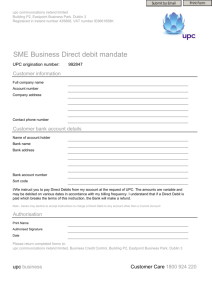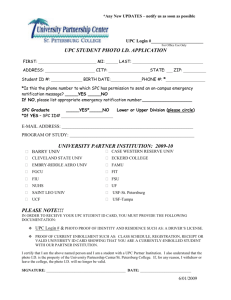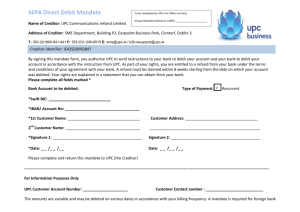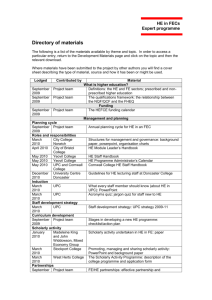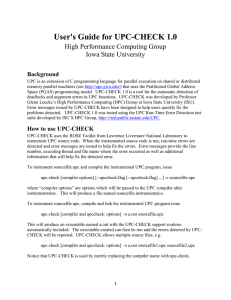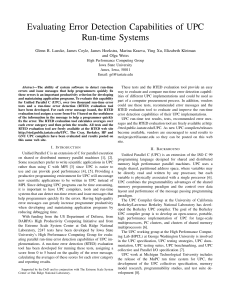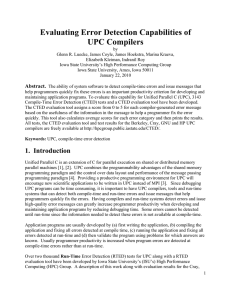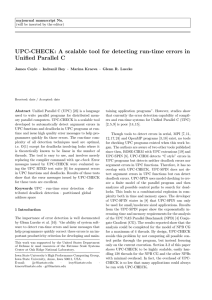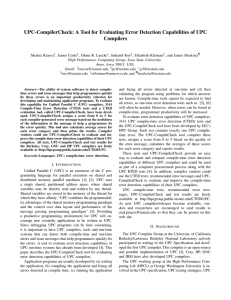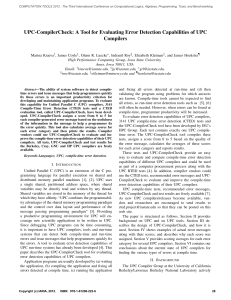How UPC Bar Codes Work
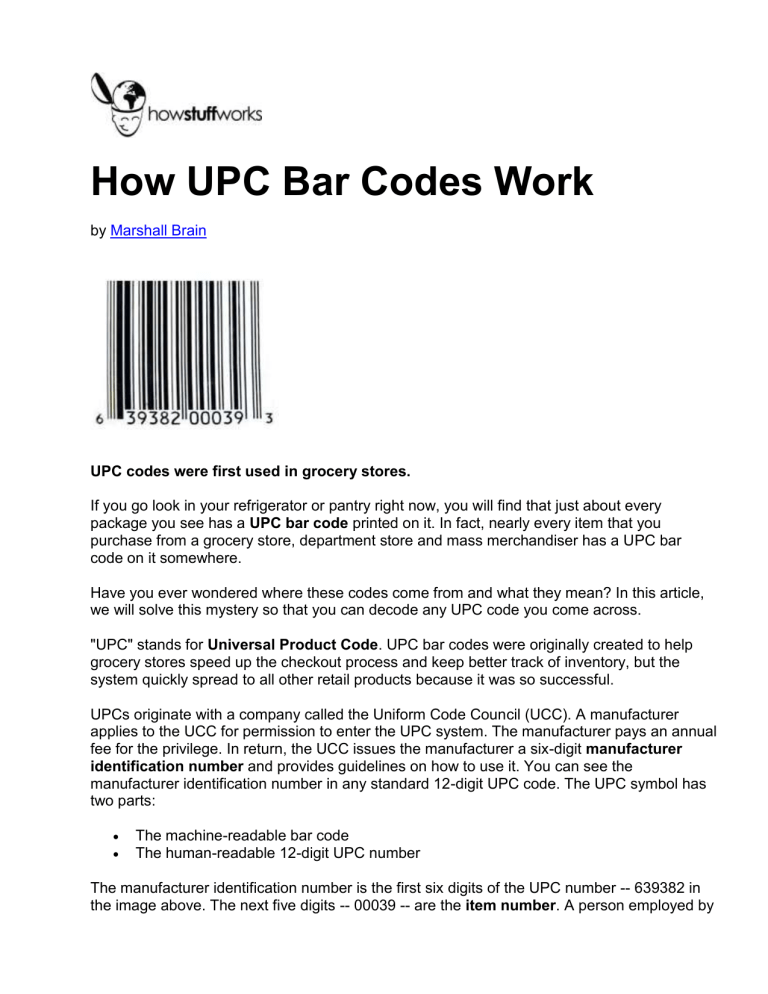
How UPC Bar Codes Work
by Marshall Brain
UPC codes were first used in grocery stores.
If you go look in your refrigerator or pantry right now, you will find that just about every package you see has a UPC bar code printed on it. In fact, nearly every item that you purchase from a grocery store, department store and mass merchandiser has a UPC bar code on it somewhere.
Have you ever wondered where these codes come from and what they mean? In this article, we will solve this mystery so that you can decode any UPC code you come across.
"UPC" stands for Universal Product Code . UPC bar codes were originally created to help grocery stores speed up the checkout process and keep better track of inventory, but the system quickly spread to all other retail products because it was so successful.
UPCs originate with a company called the Uniform Code Council (UCC). A manufacturer applies to the UCC for permission to enter the UPC system. The manufacturer pays an annual fee for the privilege. In return, the UCC issues the manufacturer a six-digit manufacturer identification number and provides guidelines on how to use it. You can see the manufacturer identification number in any standard 12-digit UPC code. The UPC symbol has two parts:
The machine-readable bar code
The human-readable 12-digit UPC number
The manufacturer identification number is the first six digits of the UPC number -- 639382 in the image above. The next five digits -- 00039 -- are the item number . A person employed by
the manufacturer, called the UPC coordinator , is responsible for assigning item numbers to products, making sure the same code is not used on more than one product, retiring codes as products are removed from the product line, etc.
In general, every item the manufacturer sells, as well as every size package and every repackaging of the item, needs a different item code. So a 12-ounce can of Coke needs a different item number than a 16-ounce bottle of Coke, as does a 6-pack of 12-ounce cans, a
12-pack, a 24-can case, and so on. It is the job of the UPC coordinator to keep all of these numbers straight!
The last digit of the UPC code is called a check digit . This digit lets the scanner determine if it scanned the number correctly or not. Here is how the check digit is calculated for the other
11 digits, using the code 63938200039 from "The Teenager's Guide to the Real World" example shown above:
1. Add together the value of all of the digits in odd positions (digits 1, 3, 5, 7, 9 and 11). 6
+ 9 + 8 + 0 + 0 + 9 = 32
2. Multiply that number by 3. 32 * 3 = 96
3. Add together the value of all of the digits in even positions (digits 2, 4, 6, 8 and 10). 3 +
3 + 2 + 0 + 3 = 11
4. Add this sum to the value in step 2. 96 + 11 = 107
5. Take the number in Step 4. To create the check digit, determine the number that, when added to the number in step 4, is a multiple of 10. 107 + 3 = 110 The check digit is therefore 3 .
Each time the scanner scans an item, it performs this calculation. If the check digit it calculates is different from the check digit it reads, the scanner knows that something went wrong and the item needs to be rescanned. http://electronics.howstuffworks.com/gadgets/high-tech-gadgets/upc.htm
